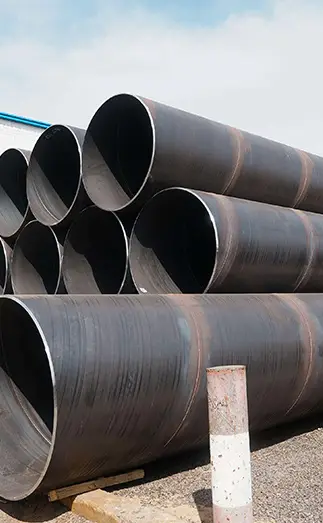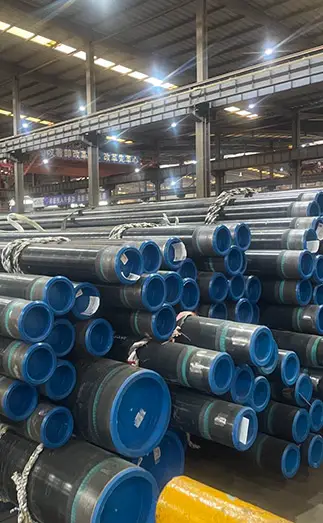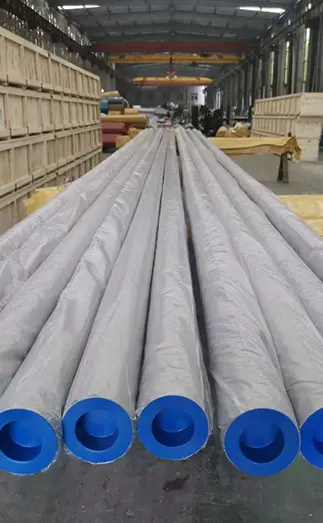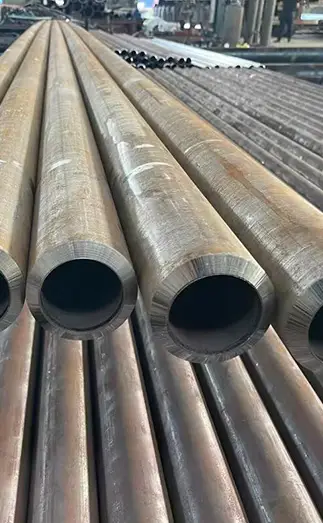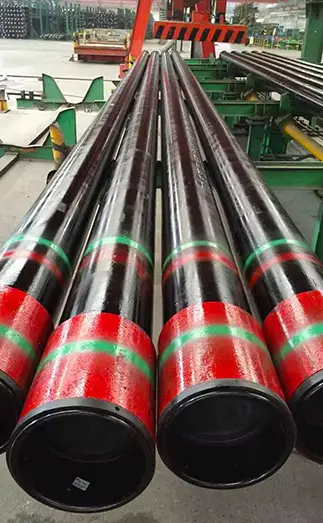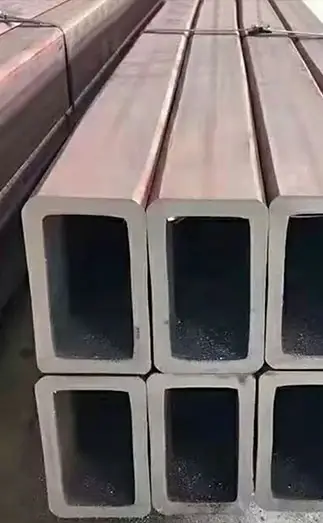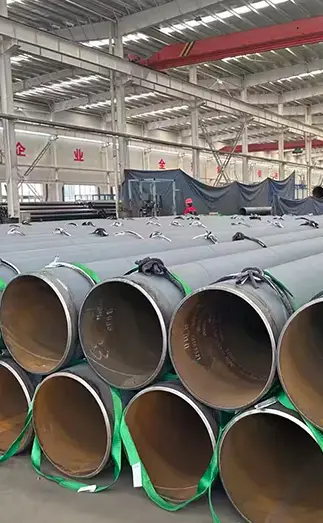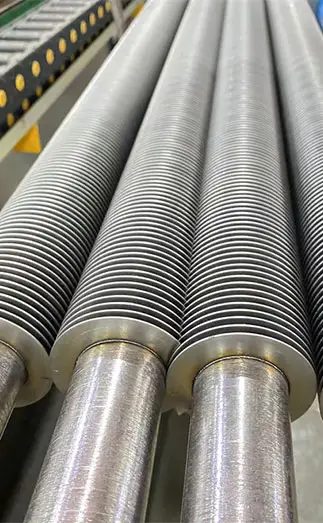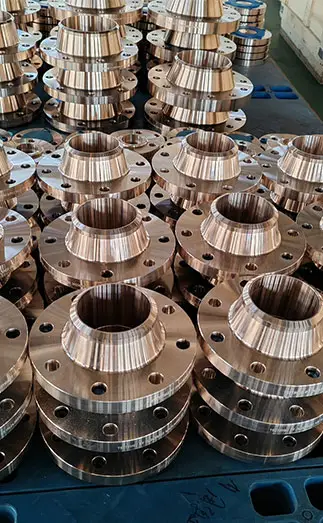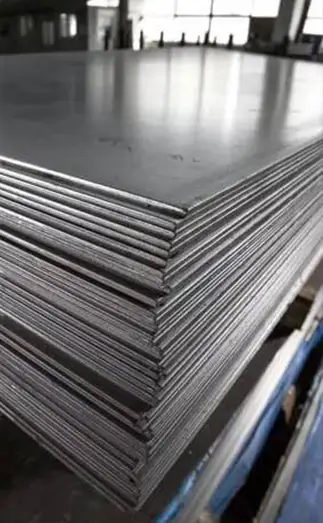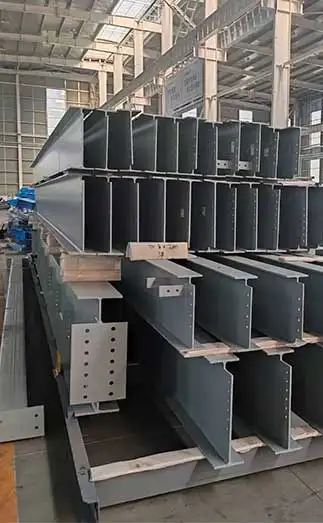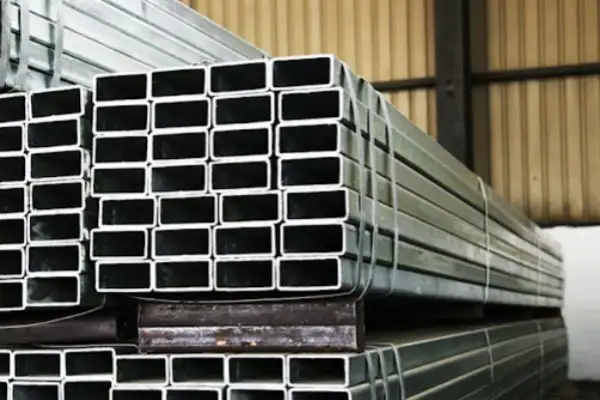Ensuring the quality of non-standard seamless steel pipes is a systematic and multifaceted process that requires rigorous coordination and quality control across all stages—from design to production and final inspection. Due to their "non-standard" nature, these pipes demand close collaboration between manufacturers and buyers. Super Steel Manufacturing Co., Ltd. has summarized a comprehensive quality assurance framework encompassing design, manufacturing, and inspection processes.
Super Steel Manufacturing Co.,Ltd is professional seamless steel pipe manufacturer, for more details, please contact:sales@super-steels.com
Design Phase
1. Defining Technical Requirements
Establishing clear technical specifications is the cornerstone of quality assurance. Buyers must provide detailed requirements, including:
Dimensional specifications: Outer diameter, inner diameter, wall thickness, length, and permissible tolerances. Detailed engineering drawings are recommended to highlight key dimensions.
Material specifications: Define the material grade, such as carbon steel (e.g., 20#, 45#, Q345B), alloy steel (e.g., 16Mn, 15CrMoG), or stainless steel (e.g., 304, 316L). For special alloy compositions, specific chemical ranges should be provided.
Mechanical performance: Include requirements for tensile strength, yield strength, elongation, impact toughness, and hardness.
Chemical and physical performance: Specify requirements such as corrosion resistance, high-temperature stability, or cryogenic performance, and request testing for specific environments if applicable.
Surface treatment: Indicate preferences for pickling, phosphating, coating, galvanizing, or other treatments.
Additional requirements: Include specifications for delivery condition (hot-rolled, cold-drawn, normalized, etc.), non-destructive testing (NDT) methods, and metallographic structure evaluation.
2. Technical Communication & Agreement
Adequate technical discussions between both parties are essential. The supplier must fully understand the buyer’s needs and assess their capacity to meet them. When necessary, a technical agreement should be formalized and annexed to the contract.
3. Standards Reference
Even for non-standard products, referencing national or international standards such as GB/T 8162, GB/T 8163, ASTM A106, or API 5L is essential to ensure base-line quality and performance compliance. While dimensions may deviate from standards, mechanical and chemical properties should align with recognized benchmarks.
Production Phase
Selection of raw materials: Appropriate tube blanks are chosen based on buyer specifications, with initial inspection to ensure compliance.
Process planning: A tailored production route is developed, including heating parameters, rolling schedules, heat treatment, and cold-working processes.
Strict process control: Critical parameters must be tightly monitored throughout production, with intermediate inspections at key stages.
Specialized tooling and equipment: Custom dies or molds may be necessary to accommodate non-standard dimensions and ensure forming accuracy.
Inspection Phase
1. Raw Material Inspection
Includes verification of the tube blank's chemical composition, mechanical properties, and dimensional accuracy.
2. In-Process Inspection
Involves real-time monitoring of key parameters and intermediate checks for dimension and surface quality during production.
3. Final Product Inspection
A thorough evaluation is conducted on the finished pipes, including:
Dimensional check: Measurements using calipers, tapes, or gauges to ensure adherence to specifications.
Mechanical testing: Tensile, yield, impact, and hardness tests to verify strength and ductility.
Chemical analysis: Validation of material composition through spectral analysis or equivalent methods.
Surface inspection: Assessment of visible flaws such as cracks, scratches, oxide scale, and rust.
Non-destructive testing (NDT): Techniques like ultrasonic testing, eddy current, or magnetic particle testing detect internal and surface defects.
Metallographic analysis (if required): Microscopic examination of grain structure to assess heat treatment effectiveness.
Special tests (as specified): Includes corrosion testing, flattening, flaring, or hydraulic pressure tests per contractual obligations.
4. Inspection Report
The supplier must issue a detailed inspection report, demonstrating that the delivered product meets all specified requirements.
Quality Management System
A robust quality management system—such as ISO 9001—should be implemented to ensure traceability, process consistency, and continuous improvement throughout the manufacturing cycle.
Roles and Responsibilities
Buyer Responsibilities:
Clearly define technical requirements
Participate in technical discussions and confirmations
Perform receiving inspections upon delivery
Supplier Responsibilities:
Adhere strictly to contract terms and technical specifications
Deliver compliant products accompanied by complete technical documentation
Conclusion
Ensuring the quality of non-standard seamless steel pipes requires stringent control at every stage and active collaboration between the buyer and supplier. By meticulously managing the design, production, and inspection processes, manufacturers can ensure that these customized steel pipes meet the demanding needs of specialized projects and applications.



 English
English Español
Español Français
Français بالعربية
بالعربية